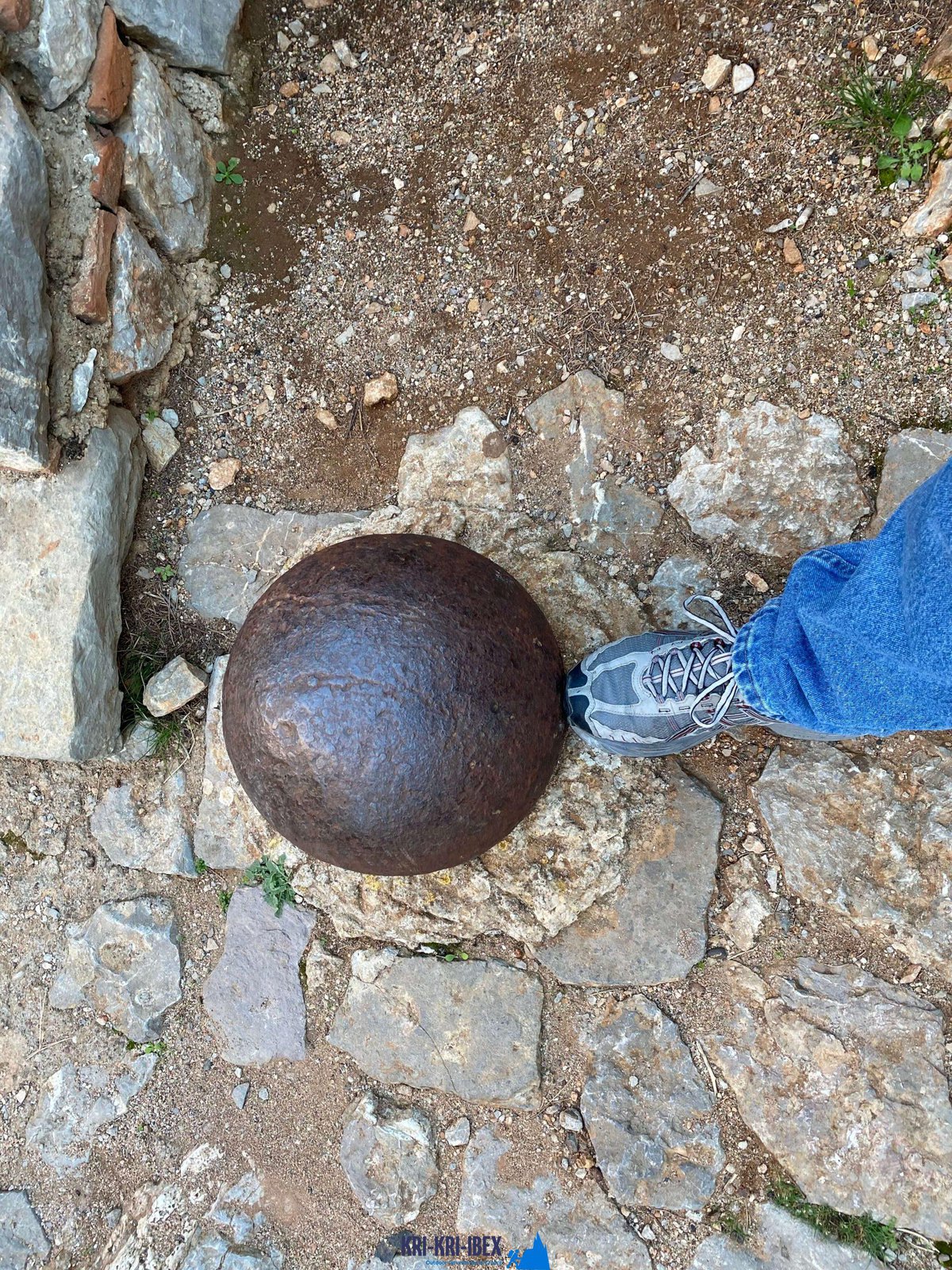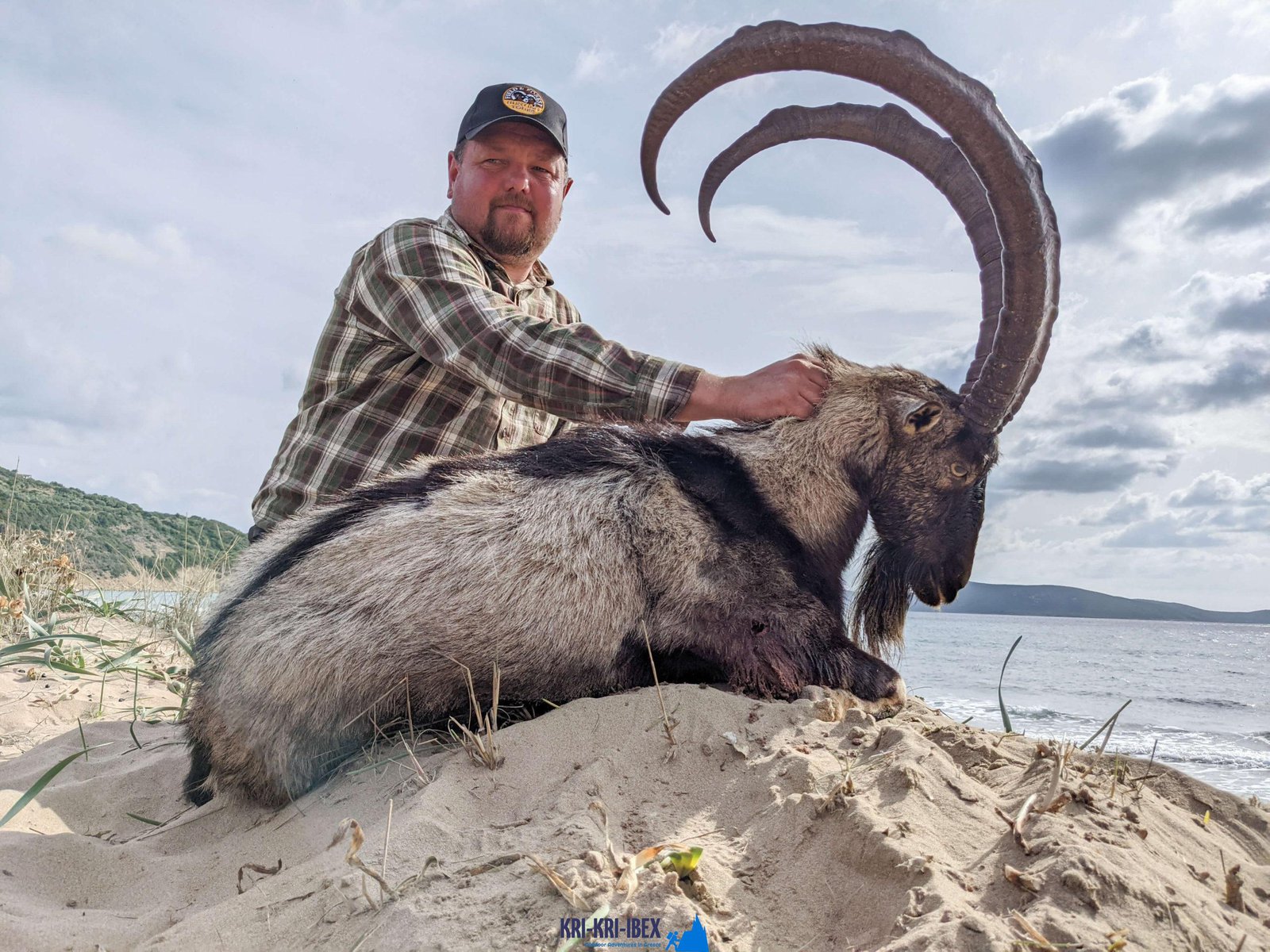
Hunting for Kri Kri ibex in Greece is an unbelievable trip and also an amazing hunting expedition all rolled into one. For a lot of seekers, ibex searching is a tough task with miserable problems, yet not in this case! Throughout five days of touring old Greece, diving to shipwrecks, and spearing, you'll run into lovely Kri Kri ibex on an exotic island. What else could you desire?

Hunting the kri kri ibex in Greece can be a tough endeavor. Searching huge game in Greece is tough for international hunters. Wild boars and roe deer are the sole option for neighborhood hunters besides the kri kri ibex, which is only pursued in thoroughly guarded special hunting regions such as particular islands. The Kri Kri Ibex as well as mouflon can just be shot on special hunting locations from morning until noontime, according to Greek legislation. Slugs are the only ammunition permitted. You have to book a minimum of a year beforehand for a permit. To make sure that only significant seekers are permitted on these journeys, the Greek Ministry of Nature and also Agriculture problems licenses. To make certain that the government concerns a particular number of licenses per year.
On our Peloponnese scenic tours, you'll reach experience all that this remarkable area has to supply. We'll take you on a tour of a few of the most historical as well as beautiful websites in all of Greece, including ancient damages, castles, as well as extra. You'll additionally reach experience several of the standard Greek society direct by taking pleasure in some of the tasty food as well as a glass of wine that the area is known for. And also of course, no journey to Peloponnese would be total without a dip in the sparkling Mediterranean Sea! Whether you're a knowledgeable hunter seeking a brand-new experience or a first-time traveler just aiming to explore Greece's stunning landscape, our Peloponnese scenic tours are best for you. So what are you waiting on? Schedule your trip today!
If you're searching for a genuine Greek experience, then look no more than our outdoor searching in Greece with angling, and also free diving scenic tours of Peloponnese. This is a remarkable way to see whatever that this incredible area needs to use. Reserve your tour today!
What is the diference between Kri Kri ibex, Bezoar ibex and hybrid ibex
The kri-kri is not thought to be indigenous to Crete, most likely having been imported to the island during the time of the Minoan civilization. Nevertheless, it is found nowhere else and is therefore endemic to Crete. It was common throughout the Aegean but the peaks of the 8,000 ft (2,400 m) White Mountains of Western Crete are their last strongholds–particularly a series of almost vertical 3,000 ft (900 m) cliffs called ‘the Untrodden’—at the head of the Samaria Gorge. This mountain range, which hosts another 14 endemic animal species, is protected as a UNESCO Biosphere Reserve. In total, their range extends to the White Mountains, the Samaria National Forest and the islets of Dia, Thodorou, and Agii Pandes.
This Ibex is NOT a diminutive form of the Bezoar Ibex, which has migrated into the western-most reach of the range of this species. The kri – kri (Capra aegagrus cretica), sometimes called the Cretan goat, Agrimi, or Cretan Ibex, is a feral goat inhabiting the Eastern Mediterranean, previously considered a subspecies of wild goat. The kri-kri has a light brownish coat with a darker band around its neck. It has two horns that sweep back from the head. In the wild they are shy and avoid tourists, resting during the day. The animal can leap some distance or climb seemingly sheer cliffs.
“The agrimi goat Capra aegagrus cretica is unique to Crete and its offshore islands. It has been identi®ed as a sub-species of the wild bezoar goat Capra aegagrus aegagrus Erxleben, 1777, which it closely resembles in horn shape, body form and coloration. This classi®cation has been disputed by some researchers who claim that the agrimi are feral goats, derived from early domestic stock brought to the island by the ®rst Neolithic settlers. In order to clarify this issue, DNA analyses (cytochrome b and D loop sequences) were carried out on tissue of live and skeletonized agrimi and compared to sequences of wild and domestic caprines. Results conclusively show the agrimi to be a feral animal, that clades with domestic goats (Capra hircus) rather than with wild Asiatic bezoar. This study demonstrates that morphometric criteria do not necessarily re¯ect genetic af®nities, and that the taxonomic classi®cation of agrimi should be revised.”